Newspapers can easily get a fact wrong in the rush to meet a deadline or simply because details are not double checked. Online searches of digital newspapers need to take this into account. If looking for a reference to a specific person, consider using just their first or last name and a key detail of the event or narrow down the search for the approximate time of the event. Think of other key words that may be mentioned in the article besides the name–occupation, type of event, street name, etc. There is also the chance that your person of interest is mentioned without their first name or without their name at all. If a newspaper mention of a relative suggests that there might have been earlier writings about […]
There is always the possibility that you are related to a DNA match in more than one way and those multiple ways may be in totally separate geographic regions. Don’t always assume that you’ve got the connection figured out just because you find a shared name in your tree. Look at your shared matches and make certain they are consistent with the connection being from those ancestors. We’ve written about this in more detail in a post from a few years ago on my Rootdig blog.
This tip from 2017 is still relevant. Locations can cause all sorts of research difficulty, especially when an indexer or database creator uses a location that’s not quite the “correct” one or at least not the one the locals know. Several of my ancestors attended a Lutheran church a mile from where my grandparents lived in Hancock County, Illinois. It was near the town of Basco and locals referred to it as the “Basco church” to distinguish it from the Lutheran church in the county seat of Carthage a few miles away. When Ancestry.com included the records of this church in their “U.S., Evangelical Lutheran Church of America, Records, 1875-1940,” they used Carthage as the location, not Basco. I never thought of the church as being in Carthage–largely because it […]
Our latest webinar–on Federal Land Records–has been released. If you pre-ordered, the download link has been sent (email me if you don’t have it). If you’d like to know more about this webinar, which can be purchased for immediate download–check out our announcement page.
Success at Wordle depends on three general things: your choice of a first word, your vocabulary, and your ability to problem-solve. Genealogy research is the same. Our success (or lack thereof) depends on how much we originally know and how correct that information is. Just like Wordle challenges sometimes go better if we get lucky on that first word. Our success in genealogy research also depends not so much on our vocabulary (although knowing what legal words mean really helps), but more on how much we know about sources in the area where our person lives and if we are able to apply sound and organized research methodology. And our ability to problem-solve is inordinately helpful. Sometimes success at Wordle depends on our ability to get our first […]
Many funeral homes have a register for guests can sign as they arrive to pay their respects to the deceased. These registers can be a great to get names of potential relatives and associates of the deceased and to know that they were alive at the time of the funeral. They can also be a great memory jogging tool when interviewing relatives of the deceased for additional information. Names of some individuals may be difficult to read and all you usually will have is their signature. It’s worth noting that many times individuals go into the funeral home or mortuary together–look at adjacent names for clues as to what the difficult-to-read name might be. “Relatives” who signed are often part of the larger family network, often related by […]
A reminder from 2016: Genealogists try to be specific when stating relationships between individuals. Your relative from Omaha might not be as specific when discussing family members. Grandma may have written “Cousin Myrtle” on the back of a photograph. If the person referring to their cousin is still alive, try and get them to be more specific about the relationship, if possible. Don’t suggest what the relationship is. Sometimes “cousins” were were actually cousins (just further down the line than you thought), were related by marriage, or were just neighbors with whom the family was close.
A few reminders about your DNA matches: You will not get as many inquiries from DNA matches as you think. Many of the messages you send to your matches will not get answered. A good number of your matches will have no trees. Much of your DNA analysis you will have to do yourself or with the help of other genealogists who are not your matches. DNA can solve problems that records alone cannot. DNA can solve problems that you thought would never be solved. DNA match analysis is not always easy. DNA work does not replace work in paper records. Many people test and never look at their matches. DNA match analysis is not quick and easy.
When viewing legal records for an ancestor, it can be frustrating when certain details are not included in a record, deposition, or affidavit. But some times there is a reason those details are not included–they may not be germane to the case at hand (often in the case in certain legal records) or they may have been common knowledge and not really “news” (in the case of newspapers). Probate records are usually not concerned with the cause of death for the person whose estate is being settled (unless an heir murdered the deceased). It matters not one bit to the probate settlement whether the person died of a stroke or pneumonia–dead is dead. A newspaper account of an event may not state details that the genealogist a hundred […]
An 1874 newspaper reference from Quincy, Illinois, indicated that Henry Sartorius was a witness to the will of Nicholas Bartells and that he was also an appraiser to Nicholas’ estate as well. Newspapers in the United States during this time period occasionally mentioned individuals who were involved in the settlement of estates. While today such details would not be published, it is important to remember that court actions related to the settlement of estates are generally public records. This would be a good place to get Sartorius’ signature and perhaps to see if he was involved in the settlement of the estate in other ways. Heirs to an estate could not witness wills or appraise it, so the reference to Sartorius as a witness and an appraiser suggests […]
In looking for the birth certificate for a friend’s grandfather and having to browse through image after image to find it, I was reminded of the importance of making certain you’ve seen the entire record–even if most records are just one image or page. My friend’s grandfather’s record was one image, but in looking for it I noticed several records that had corrections recorded immediately after the original certificate. Sometimes the date of birth was incorrect. Other times a name was slightly incorrect or completely wrong. But you don’t know if you don’t to see if there is more than just one page. When looking at images of records, always browse until you get to the next actual record. Otherwise you will not know you have seen it […]
Years ago I was transcribing and translating a 1790 era baptismal entry from a Belgian church. The entry listed the parish of residence of the child’s baptismal sponsors–clearly not the same as that of the parents. The child was baptized when a few days old. That was when it dawned on me. The sponsors had to live nearby. While it was possible they had travelled from a distance to help with the birth, the more likely scenario was that they lived within a distance where the news could have easily gotten to them within a few days. Sure enough, when looking at a map, I was able to realize the name of the town the priest had messily scribbled in the church book. Of course, today a Google […]
While it’s always advised to research extended family, the reality is that there simply is only so much time one can devote to certain problems. That said, why would one look at the US passport of an ancestral sister-in-law in the 1920s? Because during that time period some women still derived their citizenship through their husband and knowing something about the passports issued during that time as well, I know that there’s a good chance the ancestral sister-in-law’s passport mentioned her husband. And he’s the brother of the ancestor. And that may help me on my actual problem. Sometimes records on the in-laws are more likely to be of immediate assistance than others. And while an exhaustive search is always good…we all have limitations.
Attend live or order recording–see below for details. This session on 7 July 2022 will be an overview of United States Federal Land records, including: Cash land sales Military warrants Homesteads Preemption claims and more Focus will be on how to determine if your relative had a complete or an incomplete federal land claim, how to locate the records, and what details are typically included in each file. This session is geared to those who have a basic understand of elementary land record terminology. Our discussion will focus on the federal land acquisition process, the flow of paperwork, and how the process was completed. More people participated in federal land sales (either through outright purchase, military benefit, or other qualifying activities [ie. homesteading]) than people sometimes think. Learn […]
My 3rd great-great-grandmother’s sister had a baby a few years before that same sister married her husband in the 1860s. Court records from the estate of the baby’s grandfather (the father of the sisters) make it clear that the grandparents raised the baby–not the baby’s father nor the baby’s mother and her subsequent husband. The child grew to adulthood and have children of her own. One researcher decided to change the child’s date of birth, the couple’s date of marriage, and the baby’s last name in order to make it appear to be the husband’s child. Report what you find, but don’t change what you locate in order to present a different story from the reality.
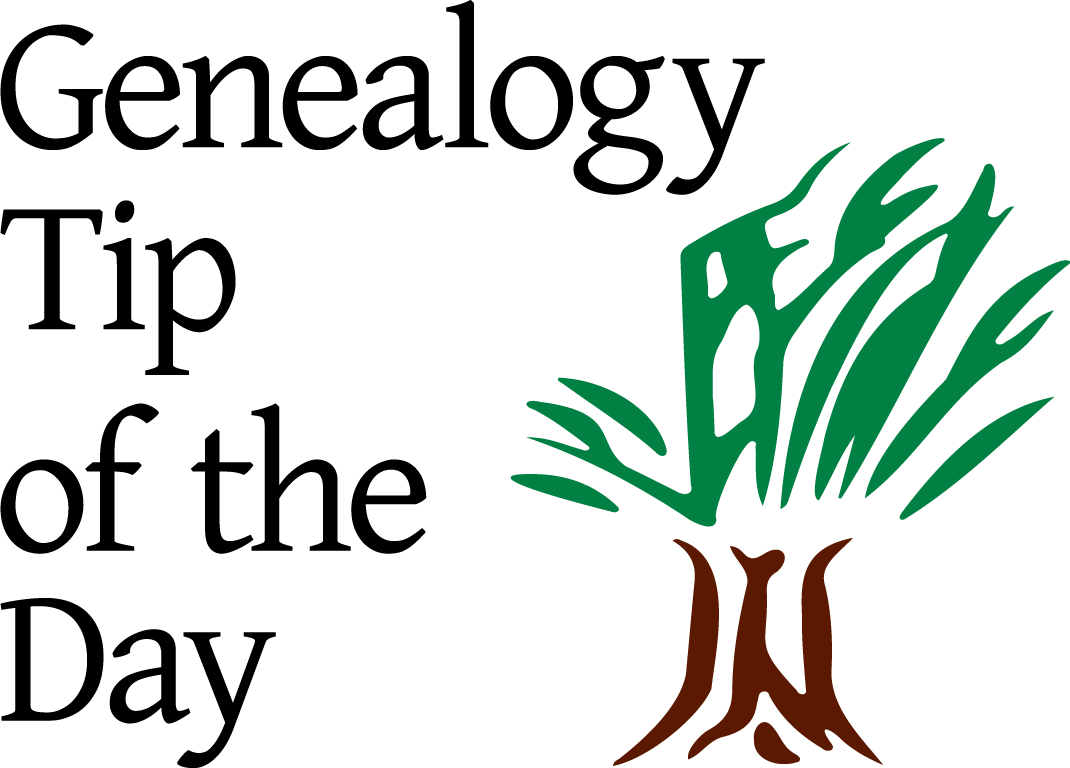
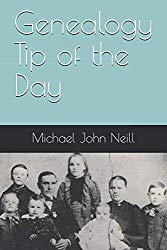
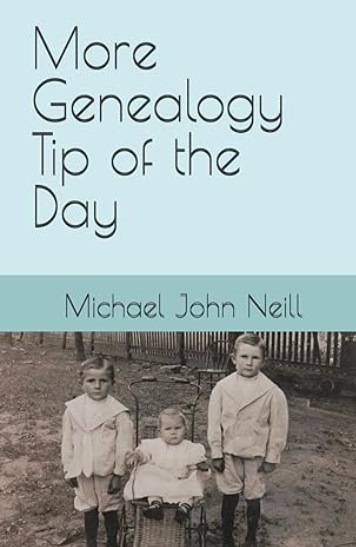


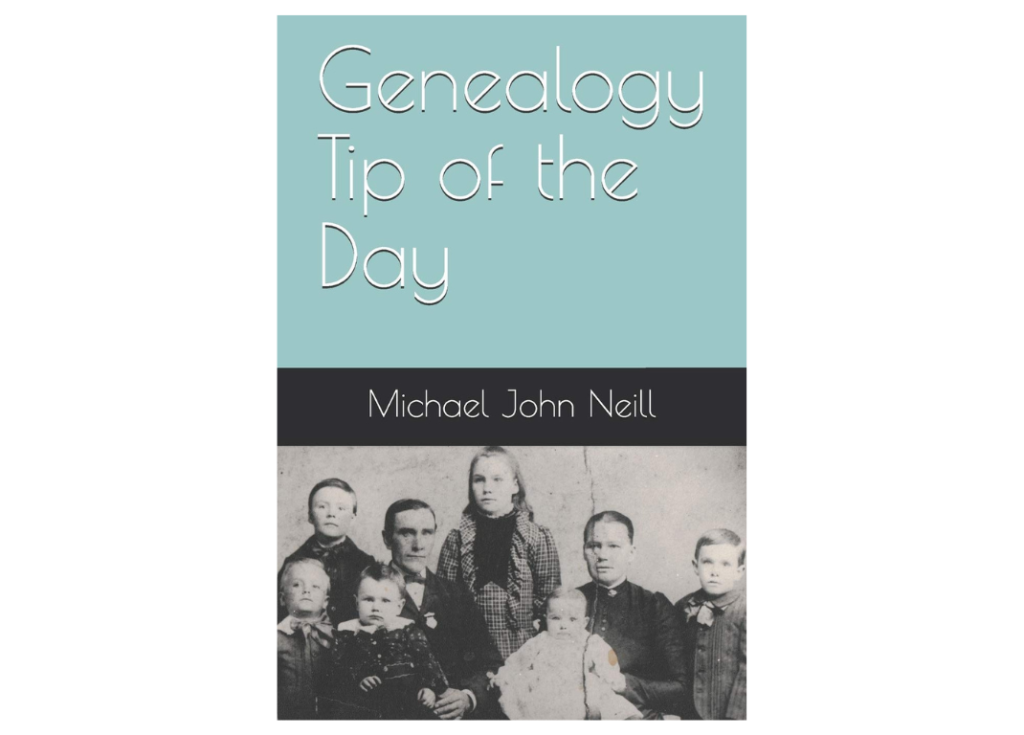
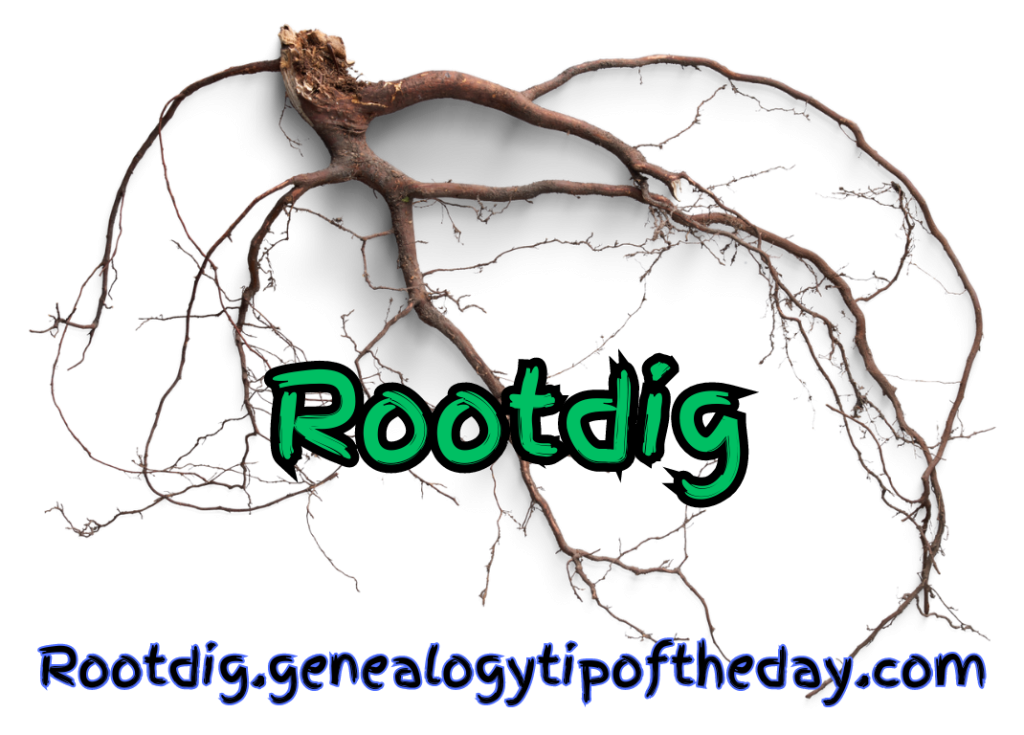

Recent Comments